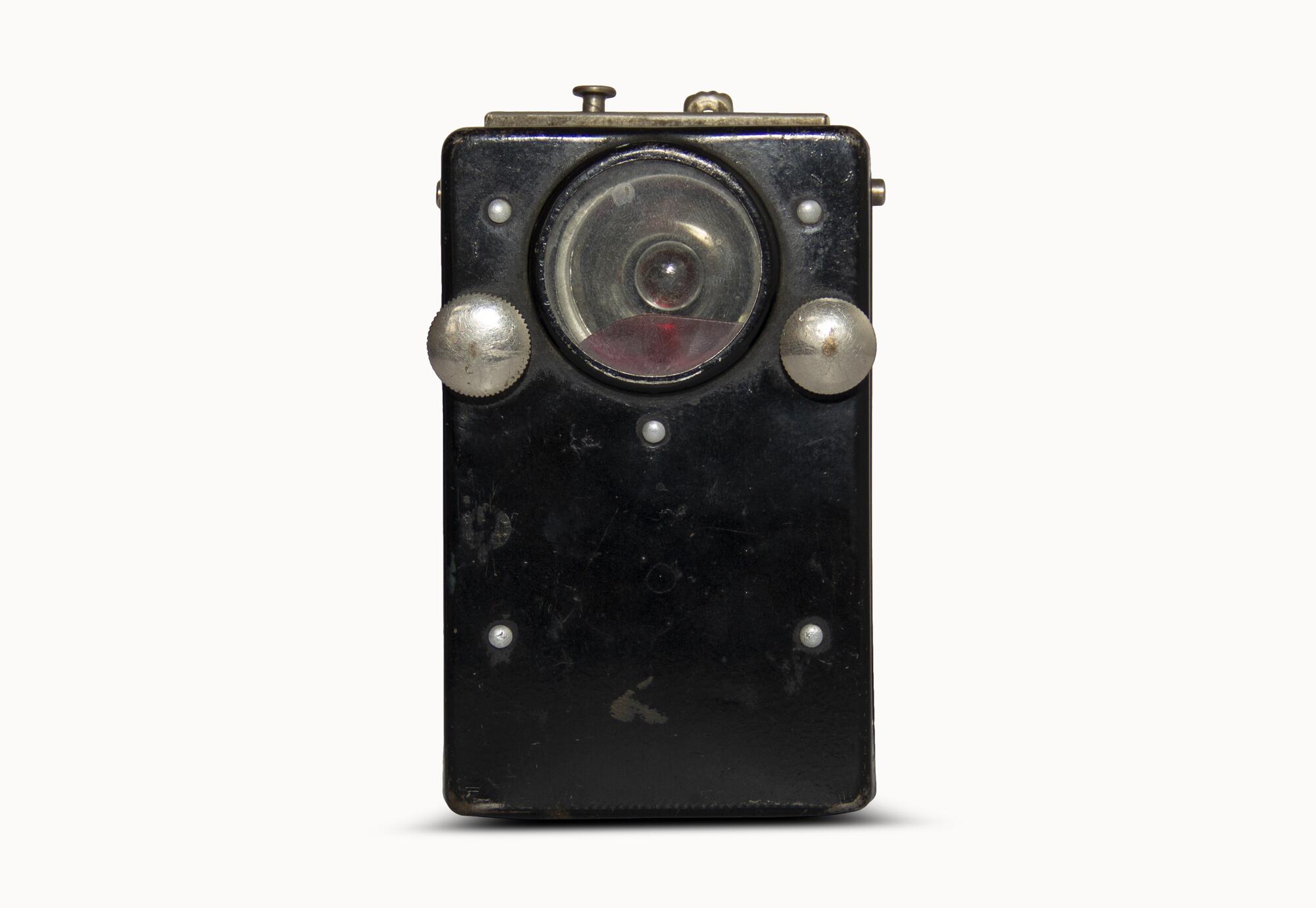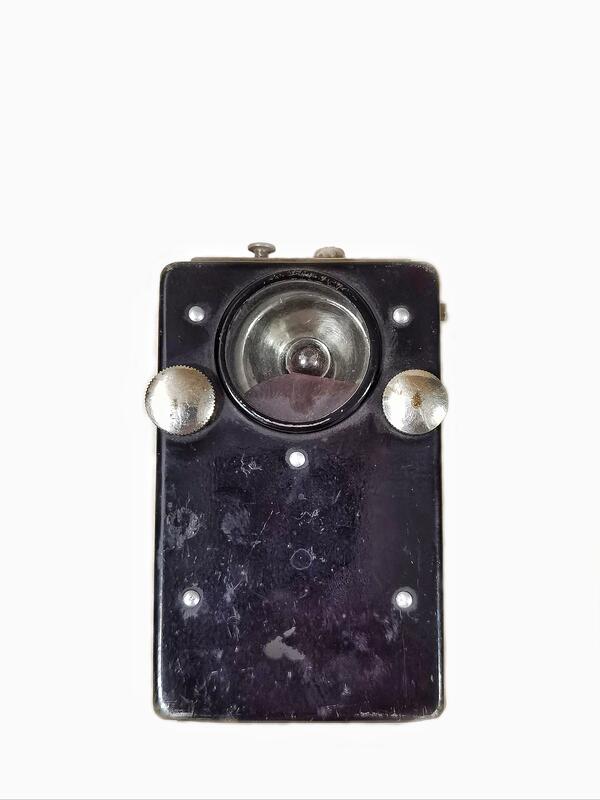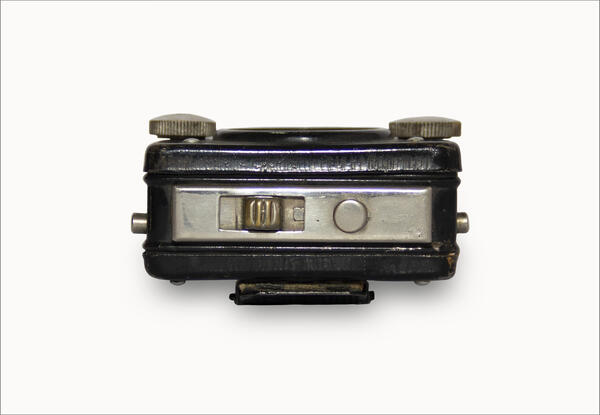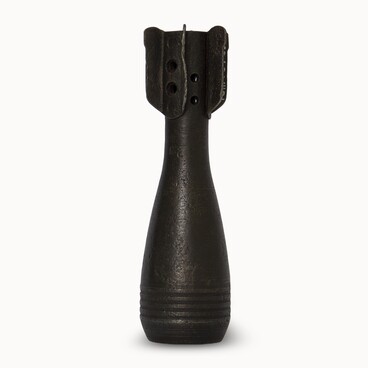The Soviet signal flashlight was originally intended for the Red Army fighters. Such flashlights were issued to servicemen during the Great Patriotic War. Later, the flashlights began to be distributed not only among the military, but also police officers (including traffic police servicemen), and railway workers.
The signal flashlight had two light filters — red and green. Those could be switched using screws on the front wall of the case. The flashlight was powered by a 3R12 battery. The 3R12 dry galvanic battery was created by the German inventor and entrepreneur Paul Schmidt back in 1901. Early batteries were assembled in a cardboard case, which was filled with resin from the side of the contacts.
The flashlight was one of the essential items in the equipment of officers and soldiers of reconnaissance units during the Second World War. The flashlight was not only used to illuminate the road, but also to give signals. Troops began to use flashlights for service purposes as early as the First World War.
Soldiers used them mostly at night as means of communication between units in conditions of poor visibility. To differentiate between short and long light signals, two locks were provided on the end part of the flashlight.
Before the Second World War, almost every Soviet soldier was issued such a device. However, with the outbreak of hostilities, the procurement of troops with flashlights became selective. They were now issued only to the military personnel, detachments, and units who actually needed them for official duties.
The standard flashlight had a rectangular flat case with a round lens at the top. Below there were sliders for switching between filters of three colors: blue, red, and green. The power button was located on the top or bottom of the case, depending on the specific model.
Leather loops were attached to the back wall in the upper and lower parts for fastening the flashlight to the buttons of the uniform. Quite often, the flashlight was worn with its upper loop fastened to the button of the left shoulder mark, and with its lower loop fastened to the button of the corresponding breast pocket. In addition to standard army devices, general-purpose civilian flashlights and captured trophy flashlights were in use in the army.
The signal flashlight had two light filters — red and green. Those could be switched using screws on the front wall of the case. The flashlight was powered by a 3R12 battery. The 3R12 dry galvanic battery was created by the German inventor and entrepreneur Paul Schmidt back in 1901. Early batteries were assembled in a cardboard case, which was filled with resin from the side of the contacts.
The flashlight was one of the essential items in the equipment of officers and soldiers of reconnaissance units during the Second World War. The flashlight was not only used to illuminate the road, but also to give signals. Troops began to use flashlights for service purposes as early as the First World War.
Soldiers used them mostly at night as means of communication between units in conditions of poor visibility. To differentiate between short and long light signals, two locks were provided on the end part of the flashlight.
Before the Second World War, almost every Soviet soldier was issued such a device. However, with the outbreak of hostilities, the procurement of troops with flashlights became selective. They were now issued only to the military personnel, detachments, and units who actually needed them for official duties.
The standard flashlight had a rectangular flat case with a round lens at the top. Below there were sliders for switching between filters of three colors: blue, red, and green. The power button was located on the top or bottom of the case, depending on the specific model.
Leather loops were attached to the back wall in the upper and lower parts for fastening the flashlight to the buttons of the uniform. Quite often, the flashlight was worn with its upper loop fastened to the button of the left shoulder mark, and with its lower loop fastened to the button of the corresponding breast pocket. In addition to standard army devices, general-purpose civilian flashlights and captured trophy flashlights were in use in the army.






